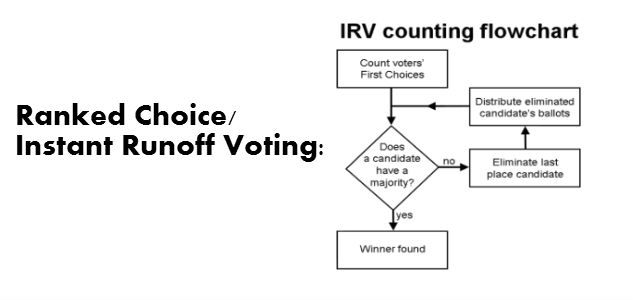
Local voters are learning to use Minneapolis ranked choice voting election method for first time
Ranked Choice Voting Problems
Minneapolis voters approved a charter amendment in 2006 by nearly a two-to-one margin, mandating the use of Ranked Choice Voting for municipal elections. The first opportunity for Minneapolis voters to use RCV was in the November 2009 elections. The implementation was a huge success, with 95 percent of polled voters – and 97 percent of people of color – reporting they found it easy to use. This year will be the first time the city has used RCV for a wide-open mayoral contest with multiple contenders.
Under the old system for city elections, voters were asked to make two trips to the polls – once in August and again in November. The problem was that very few voters turned out to vote in the primary – in fact, fewer than half of the voters who turned out for the November 2005 city election turned out to vote in the September primary that year. Under RCV, we accomplish in one election what used to be accomplished in two, with a single election in November. This means that taxpayers and candidates only have to pay for one election, voters have more choice on the ballot, and the ultimate decision will be made with the greatest level of citizen participation. RCV achieves an elected body that more accurately represents voters’ preferences, giving fair representation to voters in proportion to their voting strength. Finally, RCV does away with “strategic” voting – people are free to vote for who they like most and need not fear “letting in” the candidate that they prefer the least.
Minneapolis is still counting ranked choice ballots, in mayoral race. See more great information from FairVote.org.
City Clerk Discusses Election Process | Democracy, elections and voting at Democracy Chronicles
Leave a Reply